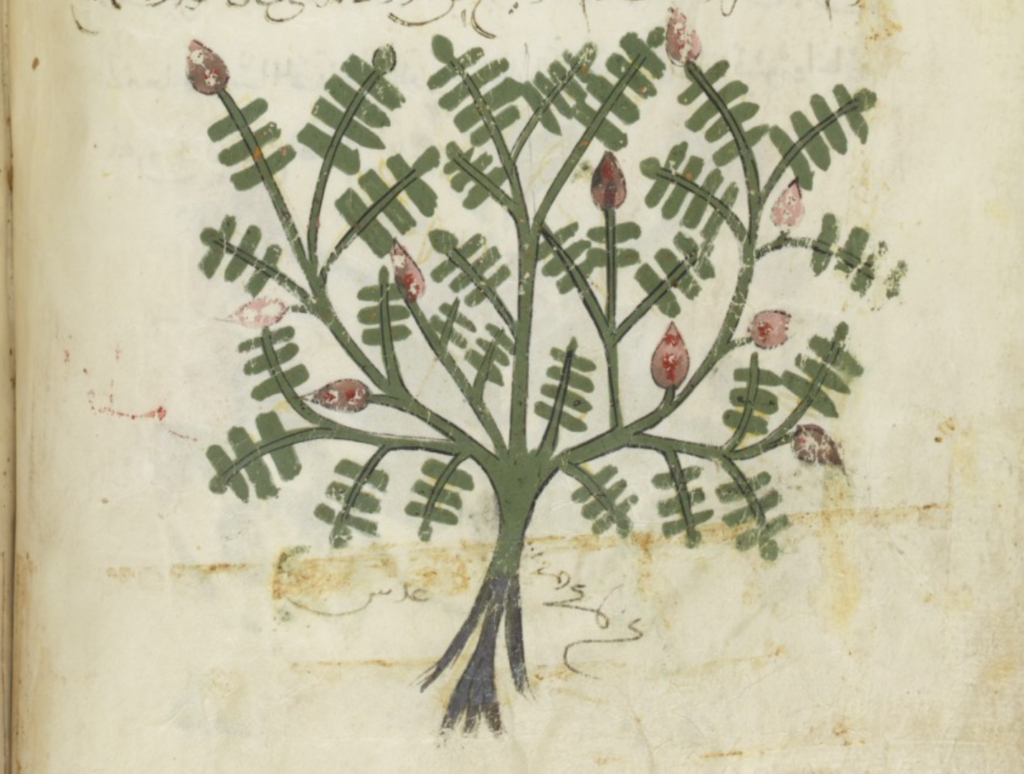Lentils (Lens culinaris medik/Lens esculenta Moench) were already collected in the Ancient Near East as early as 12,000 BCE. The legume was cultivated in Greece before 600 BCE and was a dietary staple there, used mainly in a soup, known as phake. It was commonly seasoned with vinegar and sumac. The ancient Romans appeared to be less taken with lentils as there are far fewer references in the sources. According to Dioscorides, lentils dull the vision, are hard to digest, bad for the stomach, produce stomach and intestinal gas, and cause bad dreams.
In the Arab culinary tradition, lentils (عدس, ‘adas) are used sparingly across all regions, not least due to the fact that they were considered quite harmful by physicians. Ibn Sīnā, who said that the plant was particularly grown on the mountains of Tabaristan, claimed the best varieties are wide and white. He and other Muslim physicians, recommended that lentils should be boiled thoroughly before eating them, and, like, Dioscorides, referred to their flatulent properties (less so if they were fried) and the fact that they are difficult to digest, and induce bad dreams. Ibn Sīnā added that lentils should not be mixed with any kind of sweet because this might generate calculi in the liver. The worst dish one can eat is one that contains lentil and dried salty meat. More importantly, lentils were said to be a powerful anaphrodisiac — i.e. lust suppressant.
al-Rāzī said that when cooked with honey, or with pomegranate peel and dried roses, lentils can be useful against ulcers, whereas al-Isrā’ilī recommended a recipe of lentils cooked with starch and some salt as a remedy against intestinal tears and ulcers. Ibn Jazla, for his part, also recommended white lentils since they are quickly digested and, when cooked in vinegar, useful against ulcers. Adding lentils to sawīq (سويق), a kind of cereal drink, is useful against gout.

